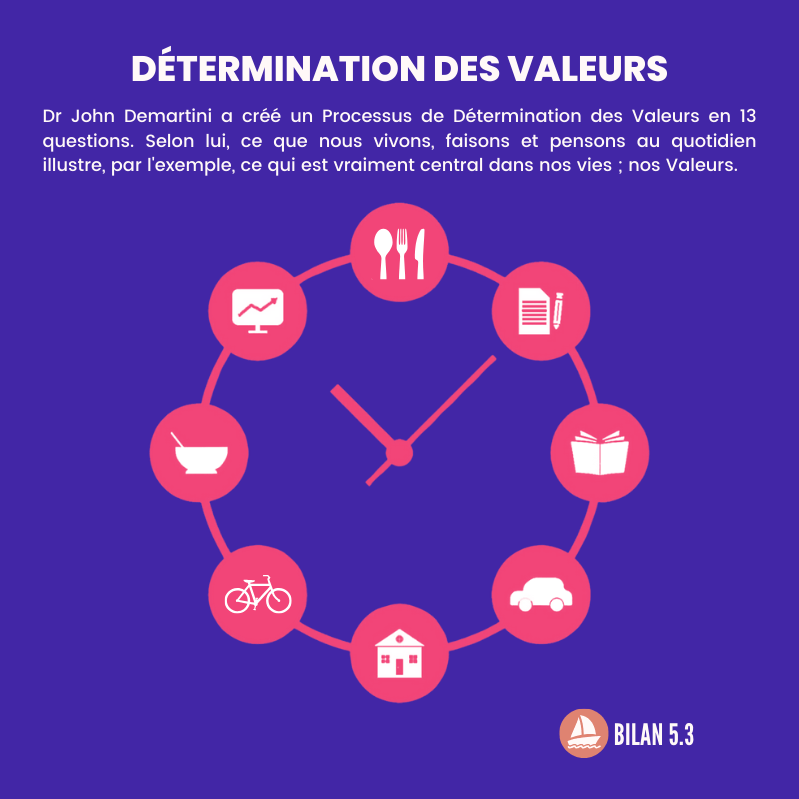
Is it a phone? Is it a watch? No: it’s a smartwatch! What can you do with that?
Just like a regular watch, you wear a smartwatch with a strap on your wrist, only a smartwatch can do much more than just tell the time. These smart watches are actually mini PCs, complete with processor, memory, display and bluetooth connection. As a result, you can use them as a navigation device, health meter, music player and debit card, among other things.
Smartwatches partly work in collaboration with a smartphone: as a conduit for information. You no longer have to take out your smartphone every time; for example, your smartwatch transmits all messages. You can quickly see whether a message is important enough to respond via your smartphone. With some smart watches with their own SIM card, even calling from your wrist is an option.
There are many different types and brands of smartwatches for sale, with prices ranging from a few tens to hundreds of euros. That price difference is mainly in the possibilities and also the implementation. For example, there are smartwatches that are not only functional, but also look good as jewelry.
What can I actually do with a smartwatch?
You can use it to send and receive messages, monitor your health, listen to music and audiobooks, keep your calendar and even play games on it. With most smartwatches, apps can be downloaded, just like for a smartphone. For example Buienradar, Google Maps and Facebook. It is also useful that more and more smartwatches work with a virtual assistant such as Google Assistant. This means that you can ask your smartwatch verbally and receive answers about, for example, the weather or other information from the internet.
Why do I have to choose between Android or iOS with a watch?
Smartwatches are mini computers, so they use an operating system just like a smartphone. These are variants of the operating systems that smartphones also use: Android (Wear OS) and Apple (WatchOS). Windows was also an option until recently, but Microsoft has stopped supporting it. A separate operating system is Tizen from Samsung, which only works on Samsung smartwatches. Many smartwatches work fine as a standalone device, but you get more out of it when you connect it to your smartphone. That is why you initially choose a smartwatch based on the operating system of your smartphone.
If your smartphone uses Android, you buy a smartwatch with Android Wear OS. Do you have an iPhone? Then choose a smartwatch with WatchOS. Some types of smartwatches can handle both systems, but this must be clearly stated.
I sometimes read in advertisements about IPS and OLED. Why is that important?
These terms indicate the type of screen of a smartwatch. There are different types that determine the price and quality. Displays with E-ink give the lowest image quality. E-ink is also known from e-readers and gives a well-readable, quiet image with little power consumption. Unfortunately, E-ink can’t handle colors, so that limits the possibilities when giving information. IPS screens can handle colors and offer a good viewing angle. As a result, you do not always have to hold the watch straight in front of you to be able to read it properly. The third option is OLED. This is also used for TV screens and gives the best picture due to the good color reproduction.
The screen size ranges from 1 inch (2.5 cm) to 2 inches (5 cm). A small screen is usually more comfortable on your wrist, but a larger screen provides more ease of reading and operation.
Is a smartwatch easy to operate?
Due to the small size of a smartwatch, the device is more difficult to operate than a smartphone. Some of the smart watches, especially the more expensive types, have a touchscreen just like a smartphone. That seems handy, but unfortunately on such a small screen you quickly get in the way of the image with your fingers. That makes operation a bit more difficult. Most smartwatches therefore have control buttons on the side. For example, Apple Watches use a jog wheel to scroll through options and information. That works a lot faster than the standard push buttons.
A nice alternative is to operate your smartwatch with your voice, just like with smartphones. Many people don’t use that option on their smartphone or tablet, because they find manual control more comfortable. On a smartwatch, voice control can be useful. Not only for operation but also for recording and sending messages.
Can I also use a smartwatch to track my activities?
A large part of the current smartwatches is suitable as a fitness or activity tracker. For this it is important that there are parts such as a GPS and a heart rate monitor in the watch.
The sports watch is especially suitable for keeping track of your fitness and health. Sports watches have a number of special parts for this, such as a heart rate monitor and a pedometer. A GPS receiver is also important, so that the watch can record walking, cycling or other routes with distance and speed. There are also sometimes extra options such as a blood pressure monitor, altimeter and compass. Waterproofing is also recommended for some activities.
Certain sports watches can process your fitness data themselves. Others need temporary contact with an app on a smartphone or tablet. Every sports watch has its own app for processing and tracking data, but well-known fitness and health apps such as Strava and Google Fit can also be used. The advantage of a smartwatch over a specific sports watch is that you have extra options during exercise, such as receiving messages and listening to music. Pay close attention to the strap of a sports or smartwatch. Metal and leather bands are less suitable for sports, due to sweating. Instead, a rubber or plastic strap is better.
Do I always need a smartphone with a smartwatch?
To extensively process much of the data collected by a smartwatch, you usually need a smartphone or tablet. But that doesn’t mean you always have to have it on hand. If you have a smartwatch with WiFi, you can, for example, send and receive messages or listen to streaming music. If you really go out with your smartwatch, a watch with its own SIM card is needed for these options.
What are popular smartwatch brands?
The most popular and therefore best-known brands for smartwatches are Apple, Samsung, Garmin and Fitbit. Fitbit specializes in fitness trackers.
How do I pay with a smartwatch?
You can already pay with your smartwatch quite extensively abroad, but in the Netherlands it is still in its infancy because a limited number of banks participate. However, more and more banks are joining the contactless payment initiative. With Apple Pay you can now pay if you have an account with ING, ABN Amro or Bunq. With an Android watch you can in any case pay at ABN Amro, Rabobank and ING. The big advantage of paying with your smartwatch is the convenience. It’s done within a second: just holding the watch close to the ATM is enough. The smartwatch does require an NFC chip for this form of payment.
You can read more about paying with a smartwatch and smartphone on PlusOnline if you search for the terms: paying for a smartphone.













